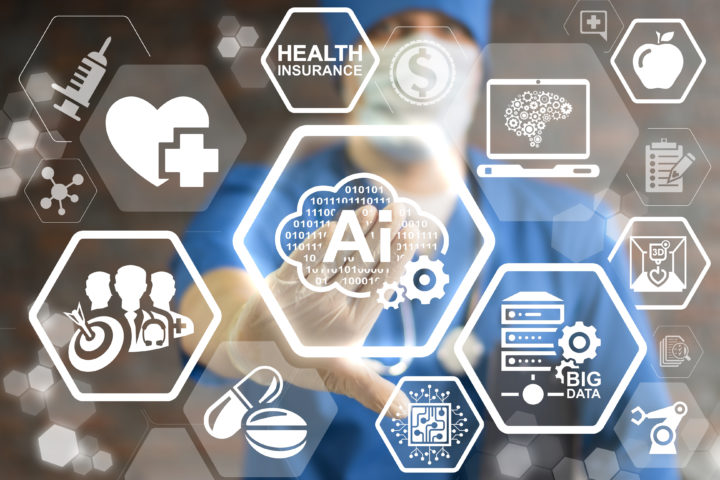CrossChx is a company based in Columbus, Ohio, and is using artificial intelligence and Robotic Process Automation to automate repetitive tasks in the medical sphere to allow humans to do what they do best.
Founded in 2012 by Sean Lane and Brad Mascho, the company has created an AI bot called Olive, which has been designed to reduce costs and boost efficiency in hospitals and doctors’ surgeries across the United States. The main idea is to get Olive to do the easy, repetitive tasks in order to increase accuracy and eliminate human error.
“We are putting a blue collar on AI and letting it do what machines do best – leaving the tasks that require creativity, empathy, and passion to people” the company’s website states.
Olive can input and transfer data in a variety of systems and can process medical bills, check patient eligibility, migrate patients details to a different surgery, and much more. She functions 24 hours per day, needs no staff training and works with systems already in place, employing her machine learning technology to analyse data and offer recommendations and solutions to make processes more efficient.
For example, CrossChx’s blog estimates that patient no-shows cost the U.S. some $150 billion every year. With Olive sending automated text messages reminding patients, the number of no-shows reduced by 34 percent. This task would require a large amount of time and dedication from a member of staff, but by allowing a machine to take over, that staff member has more time for more complex tasks.
The company has grown massively since 2012, and with Olive, the company told Columbus CEO that they hope to double revenue growth in 2018. Columbus Business Insider named them ‘The best place to work’ in 2015 and their offices have their own chef, four beer taps, and even a taxidermied skunk.
Joel Chakra, CrossChx’s head of marketing, says it proves to Silicon Valley that they’re not unique.
“The impressions for West Coast people is, ‘Hey, that can only happen here,’” Chakra told Columbus CEO. “It’s not true at all. It’s happening everywhere now, and Columbus is one of the main areas.”
Healthcare is a sector that places a lot of demands on its employees, and with many people working long shifts, human error can be a real issue. A Vanderbilt University study showed that the U.S. is expected to have a nursing shortage of 260,000 workers by the year 2025. Using AI or RPA, hospitals can increase productivity and save money, leaving more money for nurses who care for the patients.
This technology isn’t trying to replace humans, however, it is merely to replace the amount and type of work that humans have to do. Highly trained individuals often have to do unskilled admin tasks as part of their day, and these automated systems can allow these people to make the most of the skills that computers can’t do. Leslie Wilcocks, a professor of technology, work and globlization at London School of Economics, spoke to Mckinsey about RPA.
“It can do repetitive stuff more quickly, accurately, and tirelessly than humans, freeing them to do other tasks requiring human strengths such as emotional intelligence, reasoning, judgment, and interaction with the customer,” he told the firm’s online magazine.
AI has made a huge leap into the medical sector in the last couple of years and it can be used in diagnosing diseases, collating and analysing patient history, and even interpreting data to find the root of genetic diseases. These automated systems are are not replacing humans, they are merely supporting humans in excelling in their chosen field.


